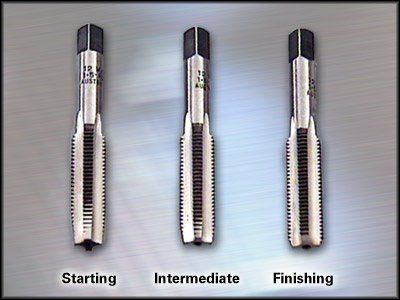Hello. I've got a 2000 I4 that hasn't been started in 10 months. I remember I let it sit for about 2 months once then started it (It started very easy). It sounded like an 80's Chevy diesel it pinged and clattered so much, for about 5 seconds. I know that was bad for the engine, but i don't think it caused any lasting problems. I don't want a repeat.
I've read some articles that said to:
- Pull plug wires and let it turn over by the starter only several times to lubricate the engine.
or
- Pull plugs and pour a small amount of motor oil or Marvel Mystery oil or fog the cylinders. Turn over engine with wires pulled and don't start to lubricate, then replace plugs and start.
and/or
-Pull off valve cover and pour a little oil over the head.
Any other suggestions or corrections? I searched TN but didn't run across what I was looking for.
Thanks!
I've read some articles that said to:
- Pull plug wires and let it turn over by the starter only several times to lubricate the engine.
or
- Pull plugs and pour a small amount of motor oil or Marvel Mystery oil or fog the cylinders. Turn over engine with wires pulled and don't start to lubricate, then replace plugs and start.
and/or
-Pull off valve cover and pour a little oil over the head.
Any other suggestions or corrections? I searched TN but didn't run across what I was looking for.
Thanks!







